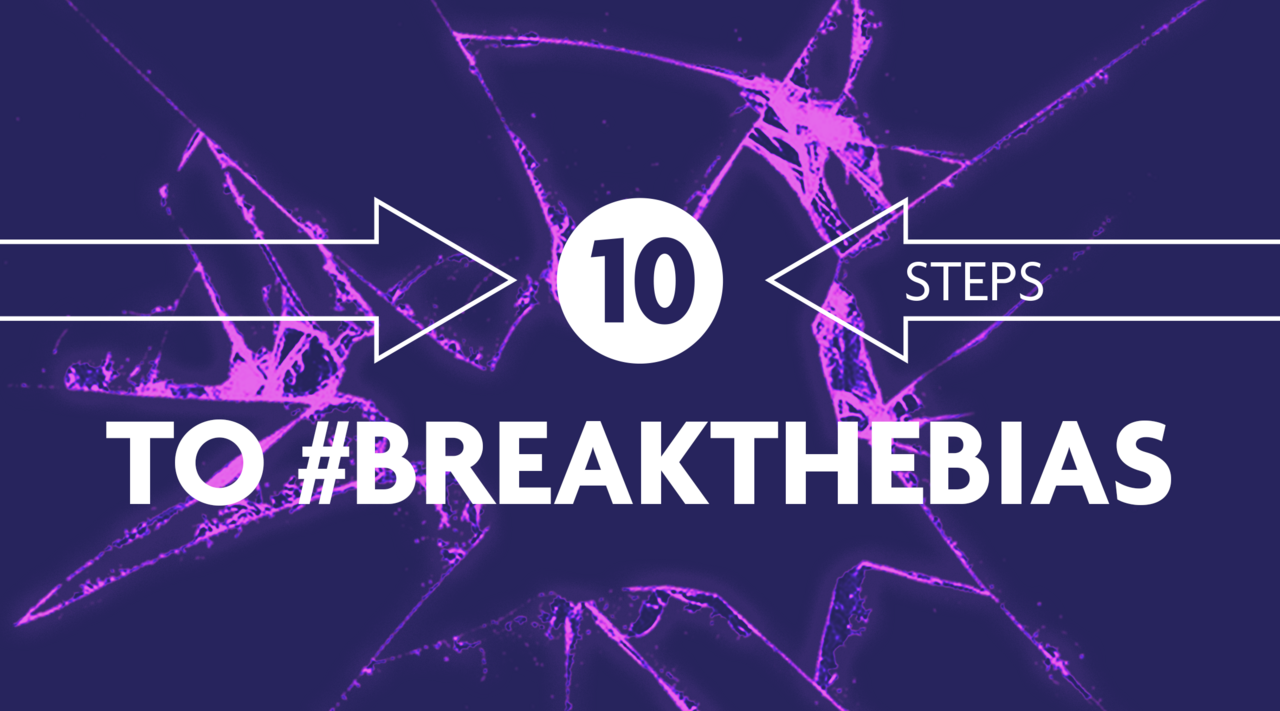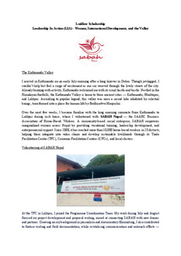International Women's Day 2022

Two years ago on International Women’s Day, I sat on a panel for the brilliant London Business School EQUALL conference for women in business. I was asked what I hoped the world of business would look like for women in 10 years’ time. I answered: that we wouldn’t be sitting on stages talking about women in business.
It wasn’t as glib a comment as it might sound. I am bone-weary of talking about this, because let's face it—it isn't exactly rocket science. How complicated could it possibly be to commit to these 10 steps:
💸 Pay women the same amount of money for a job as you would pay a man
🌍 Have gender pay parity across your whole organisation
🔊 Make sure all voices are heard
☕ Avoid task stereotyping
✨ Provide sponsors for every superstar
🗣️ Give feedback on poor behaviour (conscious or unconscious)
🚀 Promote based on performance
✉️ Recruit blind
🌱 Get rid of presenteeism
👩 Have plenty of role models.
(If you are wondering what I am talking about on any or indeed all of these points, see the full 10 steps to gender equality here or better still, download the action list here.)
Yet while these actions may seem straightforward, another International Women's day has rolled around, and it feels like we’ve taken one step forward and two back.
We have a record number of women CEOs of FTSE 100 and Fortune 500 companies, at 8%. This has doubled from 4% in 20020, which is real progress. But before we pat ourselves on the back too enthusiastically, let’s note that according to the World Economic Forum Gender Gap Report it will take 267 years to achieve economic gender parity.
I know change takes time. It was only just over 100 years ago (on January 10th, 1918 to be precise) that women could first vote in the UK, and even then, only those over 30 could participate. It took another ten years for all women over the age of 21 to be allowed to vote and achieve electoral equality with men.
However, I was hoping that when my fabulous 12 year old niece starts work she can be confident that she will earn as much as her brother would doing the same job, that she would be given the same development opportunities as he would, and she would be promoted as quickly as he would (I am going to assume they would both do the job equally brilliantly a) because I am their aunt and have absolute faith in their amazingness and b) because if one was doing a better job they would deserve to earn more which is not the point here).
At the moment this optimism looks like naivety. Whilst at the top we have seen progress, overall things appear to be hurtling in the wrong direction. Since the pandemic began, nearly 1.8m women in the US have left the workforce. In the UK, women have been one and a half times more likely to quit or lose their jobs than men. The pay gap has increased. On average globally, a woman makes 77 cents for every dollar a man makes according to the United Nations.
In some sectors like banking, the figures remain staggeringly large. At HSBC the median pay gap for all UK employees was 48 per cent in 2020. At Goldman Sachs it was 36.8 per cent. Both have increased for the last two years. Law Firms also have some of the highest gender pay gaps; at Slaughter and May, women were paid 47.4% less than men per hour in 2020, compared to 44 per cent in 2019.
This isn’t just a question of fairness, though that seems to be a sufficient argument to me; it is a matter of productivity. Fascinating research by the London School of Economics Hub for Equal Representation in the Economy suggests that by improving gender equality in the workplace we could improve productivity by 32 per cent. As Tim Harford, who reports on this for the FT in Hard Truths About Gender says “it’s quite a lot of money to be leaving on the table.”
At the Laidlaw Foundation, we are trying to help remove barriers to gender equality. We are providing scholarships for extraordinary women to earn their MBAs at London Business School and Oxford’s Saïd Business School. The data is clear: graduates from both schools see significant increases in both their earning power and career progression. Frustratingly, though, there is still a pay gap. According to the FT again, women MBA alumni from across the FT’s MBA ranked schools, earn eight per cent less than their male counterparts in 2022. This has halved since 2007 but it would be preferable if we could pick up the pace some more and close it altogether.
Our hope is that by sponsoring extraordinary women who we are confident will reach leadership positions and who in turn will make a commitment to promoting and ensuring gender equality, we can create a women’s movement that delivers real change.
It shouldn’t, and can’t, all rest on their shoulders. To avoid having the same conversation in ten year’s time, we do in fact have to talk about this again now. Better still, we need to act.





Please sign in
If you are a registered user on Laidlaw Scholars Network, please sign in